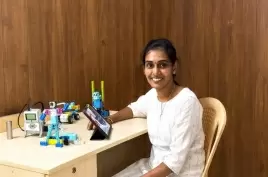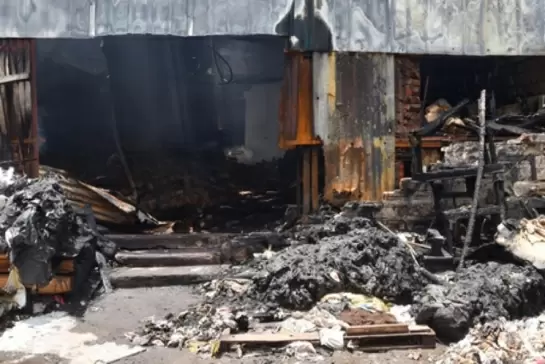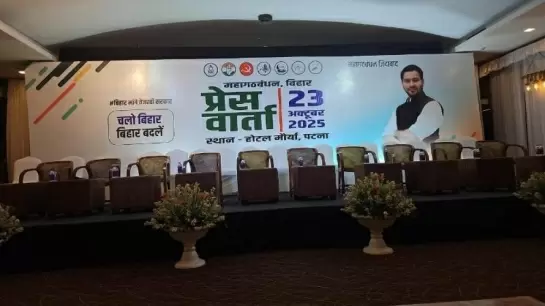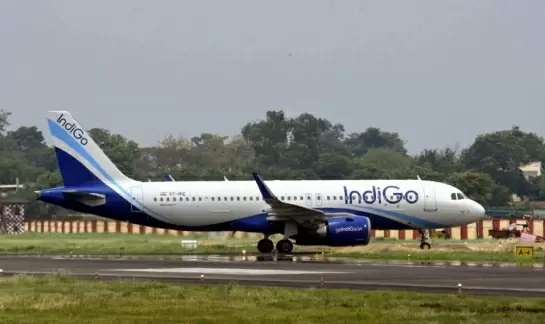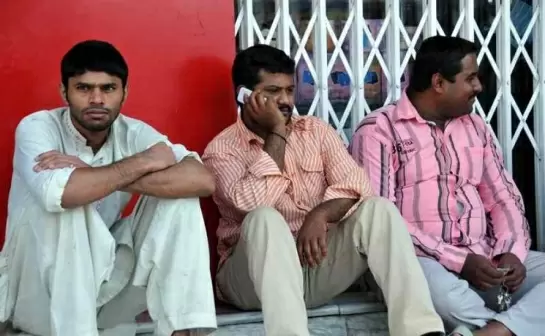‘Sukhi Samaaj’ will also ensure a stable income for the families of children attending classes

18-May-2012
Vol 3 | Issue 20
A final year student of a city engineering college, Nirupa Raghavan, has won the National Social Entrepreneurship Contest conducted by Bhumi NGO, for her proposal to eliminate child labour by offering free and quality education through a unique plan involving colleges.
According to her plan, the partner colleges in the project would offer both space and the services of faculty for teaching the children free of cost, and students in the college would make an annual contribution of Rs.100 towards the project.
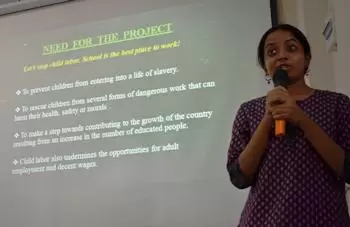 |
|
Nirupa makes her presentation before the jury
|
Nirupa’s proposal was chosen after a multi-level selection process. The jury comprising Bala Mandir Kamaraj Trust’s Maya Gaitonde, India Sudar’s Uday Kumar and Make a Difference’s Jithin C Nedumala. The project will be supported by Bhumi’s volunteers and receive financial aid up to Rs. 1 lakh.
Nirupa shares her thoughts on how she plans to implement the project.
Child labor and poverty are inevitably bound together and if you continue to use the labor of children as the treatment of social poverty, you will have both child labor and poverty to the end of time (Grace Abbott).
The concept of my idea called “Sukhi Samaaj” is based on the plethora of intellectual resource available in our country in leading colleges and universities. Universities and colleges can utilize the space available within campus to set up schools.
The classes for the students attending the school within campus will be taken by the lecturers and professors during their free hours.
Sukhi Samaaj will also ensure a stable source of income for the families of children attending these classes. The families need not pay the fee for their children attending school as the classes will be taken free of cost by the faculty of colleges.
Each family will be provided a fixed amount required for their monthly living expenses. The source of funds for Sukhi Samaaj is through donations and the revenue generated through services rendered through parents of children enrolled in the project. Donations can also be collected.
When they enroll their children, the parents will also have to provide details of their abilities, qualifications and what kind of work they will be able to do.
One could avail of their services by registering with Sukhi Samaj for a nominal fee of about Rs.500. For example: electricians, cooks, drivers, maids, carpenters and baby-sitters can be provided by the Sukhi Samaaj unit to the members as per need.
Beneficiaries and benefits from the project
The beneficiaries are the children (ages 4-17) and the families of these children. At present, the number of child laborers in India is 12.6 million and in Tamil Nadu it is 418801 (2001 census).
India has the largest number of child laborers under the age of 14 in the world. Depending on the number of universities and colleges willing to take up this initiative, the number of child laborers can be decreased.
There are two major long term benefits :-
1. Improved education.
2. Growth of the country resulting from an increase in the number of educated people.
Identifying universities/colleges for setting up schools
The first step towards implementing the idea is approaching the universities/colleges and seeking their permission for setting up schools within the campus. Phase 1 for plan implementation must take into account several factors while selecting these universities/colleges:-
• Campus space available for setting up schools without affecting the regular routine of the university/college.
• Number of professors/lecturers willing to teach under this initiative.
• Accessibility to the children.
The entire framework of Sukhi Samaaj has to be explained to the authorities of these universities/colleges. After this has been done, the following phases come into play:
Phase 2: Completing legal formalities to obtain permission for officially setting up a school and deciding syllabus to be adopted (central board, matriculation or state board).
Phase 3: Colleges and universities within an area can divide classes accordingly. For example : College A can handle classes till standard 6 and College B can handle classes till standard 12. This will depend on the number and ability of professors available for handling classes.
Phase 4: Scheduling of classes to suit the time-table and convenience of the professors.
Phase 5: Allocating class rooms within the campus for the Sukhi Samaaj schools.
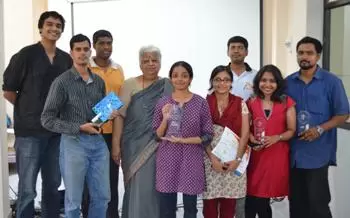 |
|
The finalists posing with Prahalathan KK, Co-founder, Bhumi and other members of the jury
|
Stage 2 : Tracking children who can be benefited from Sukhi Samaaj
The next step is tracking down the children engaged in work and those who are missing school due to their necessity to earn for the family. Once this is done, the family of these children must be contacted. They have to be made to understand why their child needs education for a bright future. This stage does not have a specific time frame. It is a continuous process. Volunteers have to constantly try to locate children who have been employed and are not going to school.
Stage 3 : Mapping the children to respective schools and obtaining details from their parents
The children have to be allocated schools set up in universities, based on their locality. Next, details have to be obtained from the parents of these children as to what kind of job will suit them so that a specific service can be allocated for them to carry out.
Stage 4: Creating the Sukhi Samaaj website and database
For availing the services, members just have to log onto the website of Sukhi Samaaj or call the volunteers and register details of what service they will be requiring and when. Volunteers then would assign the suitable person for the service.
Stage 5: Spreading awareness about Sukhi Samaaj
This is perhaps the most crucial stage for successful implementation. Awareness has to be created about the availability of services through Sukhi Samaaj and the benefits it offers to the community.
Like Stage 2, this is also a continuous process and has to be done throughout the year. This can be done in the following ways-
• The universities/colleges in which the schools have been set up can include details about Sukhi Samaaj in their prospectus so that future students and their parents come to know about it. (The parents of these students could be potential members of Sukhi Samaaj).
• Campaigns and awareness walks.
• Distributing pamphlets and putting up posters.
• Facebook/Twitter.
• Articles and advertisements in newspapers.





